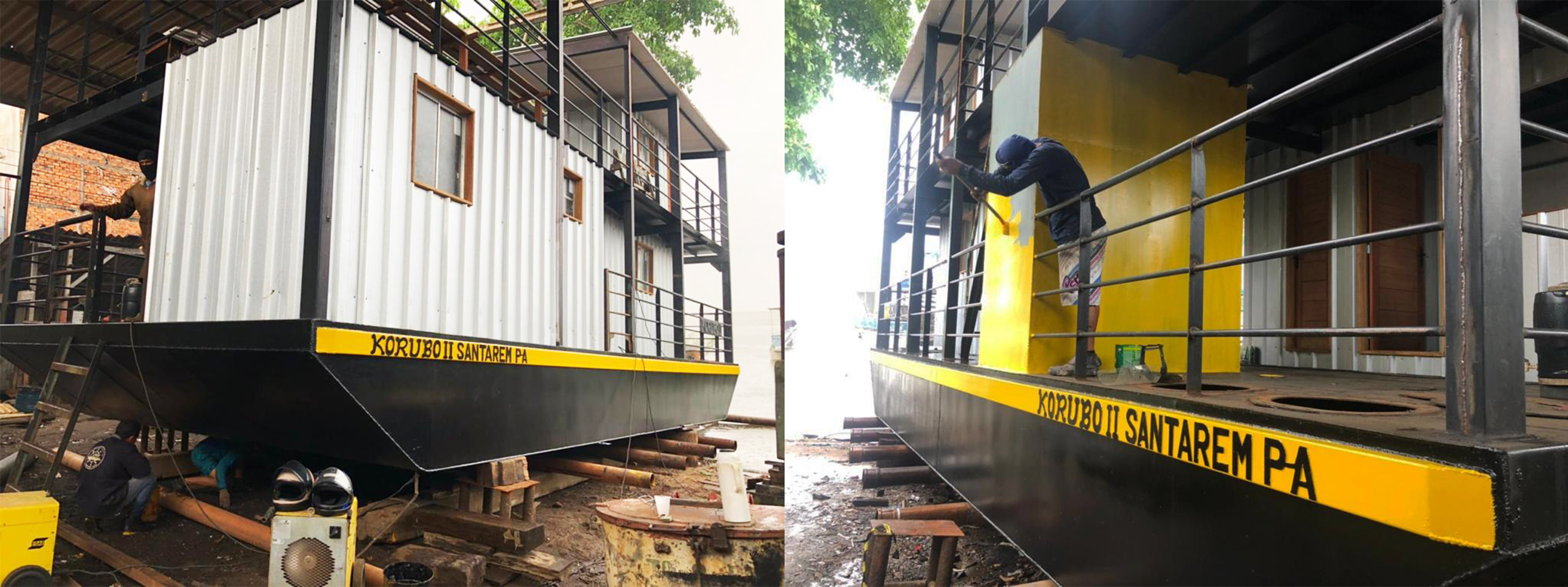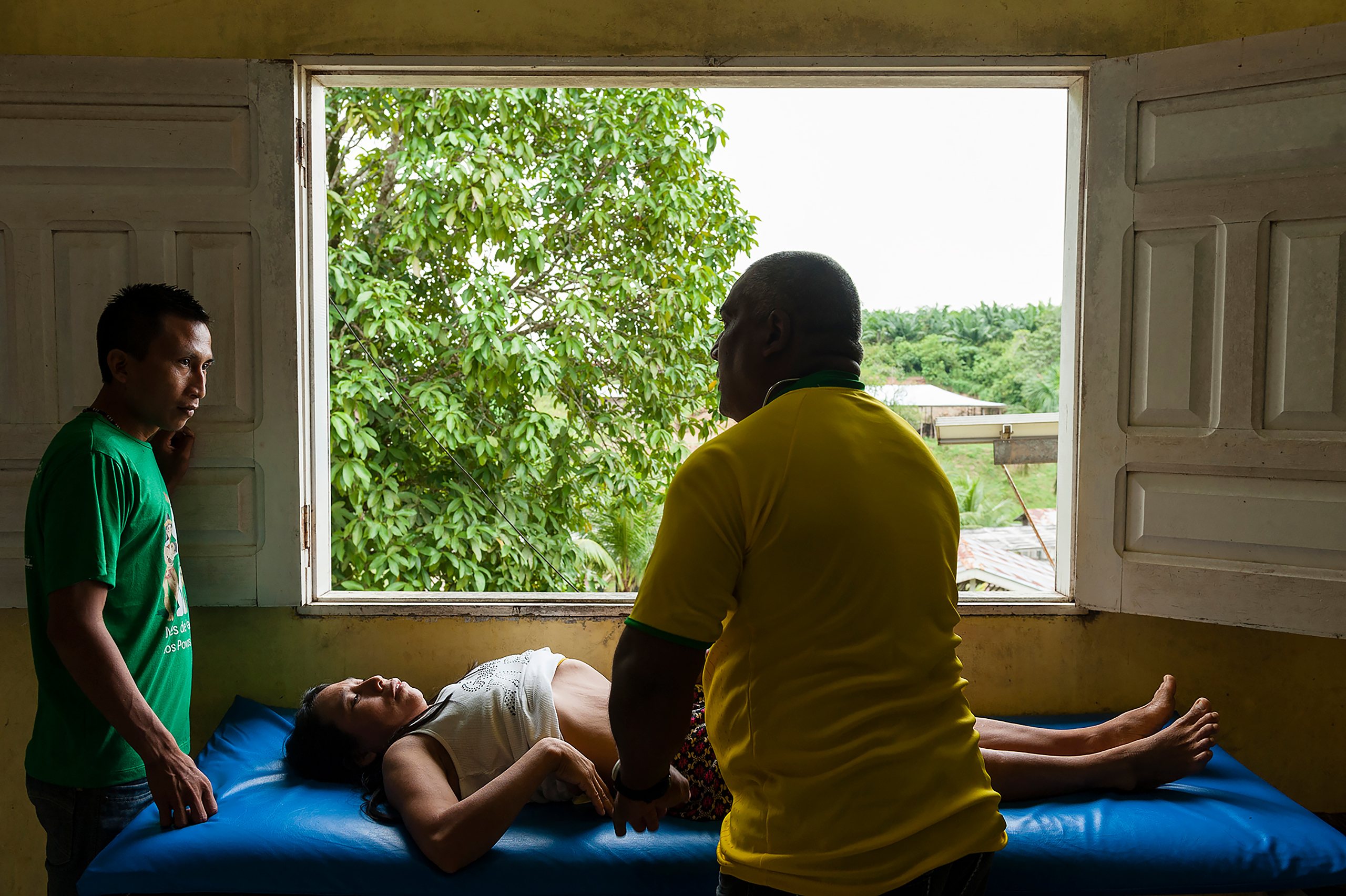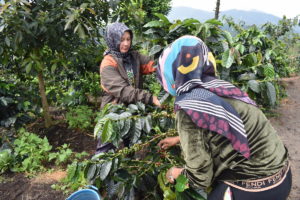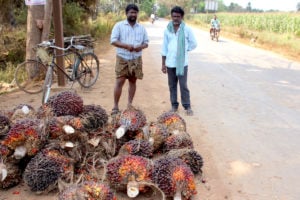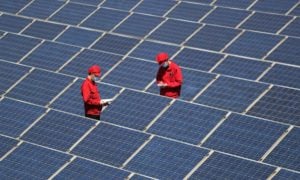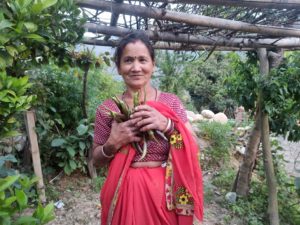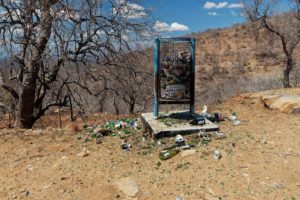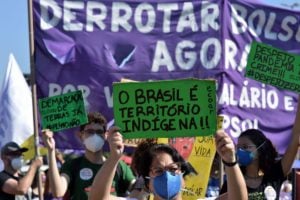A riverboat serving as a mobile health centre for Indigenous people in some of the most remote communities of the Brazilian Amazon has launched this week, the country’s health ministry has told Diálogo Chino. The project was conceived by Indigenous expert Bruno Pereira, but has only now become a reality – one year after he was brutally murdered during a research trip in the rainforest, along with the British journalist Dom Phillips.
The new “health boat” will provide care for groups across the Javari Valley, an 8.5-million-hectare territory located in the far west of Amazonas state, near the border with Peru, and where Pereira and Phillips were working at the time of their murders.
This almost intact stretch of the Amazon rainforest protects the world’s largest concentration of isolated Indigenous groups, as well as several recently contacted peoples. These communities face elevated threats from infectious disease, and have some of the worst health outcomes in the country – something which drove Pereira to start work on the boat project during the Covid-19 pandemic, which threatened entire Indigenous populations.
“Bruno wanted to protect the Korubo, a recently contacted Indigenous people, to avoid them having to move long distances to ask for support,” said Eliésio Marubo, an activist and lawyer at Univaja, the Javari Valley Indigenous organisation with which Pereira worked.
Government officials made first contact with the Korubo in 1996, and the Indigenous group is now estimated to number less than 130 people. Following this contact, part of the group remained in isolation, while others have maintained infrequent interaction with outsiders. In the recent documentary Vale dos Isolados (Valley of the isolated people), Indigenous leader Malevo Korubo explained that many remained “afraid of the white man” because of the killings and diseases that struck their people in the past.
Now, the Korubo are once again threatened by increasing invasions of their territory by illegal miners, fishers and drug traffickers, amid budget cuts in environmental enforcement enacted by former Brazilian president Jair Bolsonaro (2019-2022). The killings of Pereira and Phillips have been linked to local mafias, according to Brazilian police. Three people are currently on trial for the crime while being held in prison.
On top of escalating violence, the lack of state presence in the Javari Valley resulted in even poorer healthcare in a region historically plagued by low social progress. “We have very serious health problems,” Marubo said. “Some illnesses are getting worse.”
Data provided by Brazil’s health ministry shows not only the spread of infectious diseases in the region, but also points to dreadful prospects for the future: Indigenous infant mortality in the valley reached 50 deaths per 1,000 live births in 2022 — four times higher than the national average.
These figures are from the Javari Valley health district, which covers a population of more than 6,000 Indigenous people in the city of Atalaia do Norte and villages in the Indigenous territory. According to the health ministry, children are most vulnerable to the infectious diseases and parasites that afflict most Indigenous areas in Brazil.
“Indigenous health has several gaps, several challenges to be overcome,” said Ricardo Weibe Tapeba, Brazil’s secretary for Indigenous health, appointed in January to the government of Luiz Inácio Lula da Silva. “We are now carrying out a survey of liabilities to seek solutions. We want to expand the budget, but also to seek alternatives for financing the work on liabilities.”
The Javari Valley has also been found to have the second highest risk of malaria infection among 34 Indigenous health districts in Brazil — only behind the Yanomami territory, which is currently facing a severe humanitarian crisis. Evidence suggests that deforestation increases the transmission of malaria in the Amazon, particularly near mining sites, where forest has been cleared to open pools in the soil, which make it easier for mosquitoes to breed.
Pereira’s attempts to fight the growing illegal mining in the region triggered a crisis that led him to step down from a position with the government’s Indigenous agency, Funai, in 2019. He told friends that he was persecuted by officials of the Bolsonaro government, which dismantled several of the country’s environmental agencies.
The same year he joined Univaja, where he aimed to improve oversight of the valley with its own people and resources. This included the health unit’s boat. “Bruno negotiated for the raft, looked for funders – he has done everything,” Marubo said.
The boat was given by Univaja to the health district in February, but is only now starting to operate. Marubo complained about this delay, to which the district said the boat had required additional health equipment before it could launch.
Though it is an achievement Pereira has tragically not been able to see reach fruition, those closest to the specialist have highlighted the impact and legacy of his efforts, including Beatriz Matos, his widow and the recently-appointed head of a government body for the protection of isolated peoples. “This is a realisation of Bruno’s and other people’s work,” Matos said.


